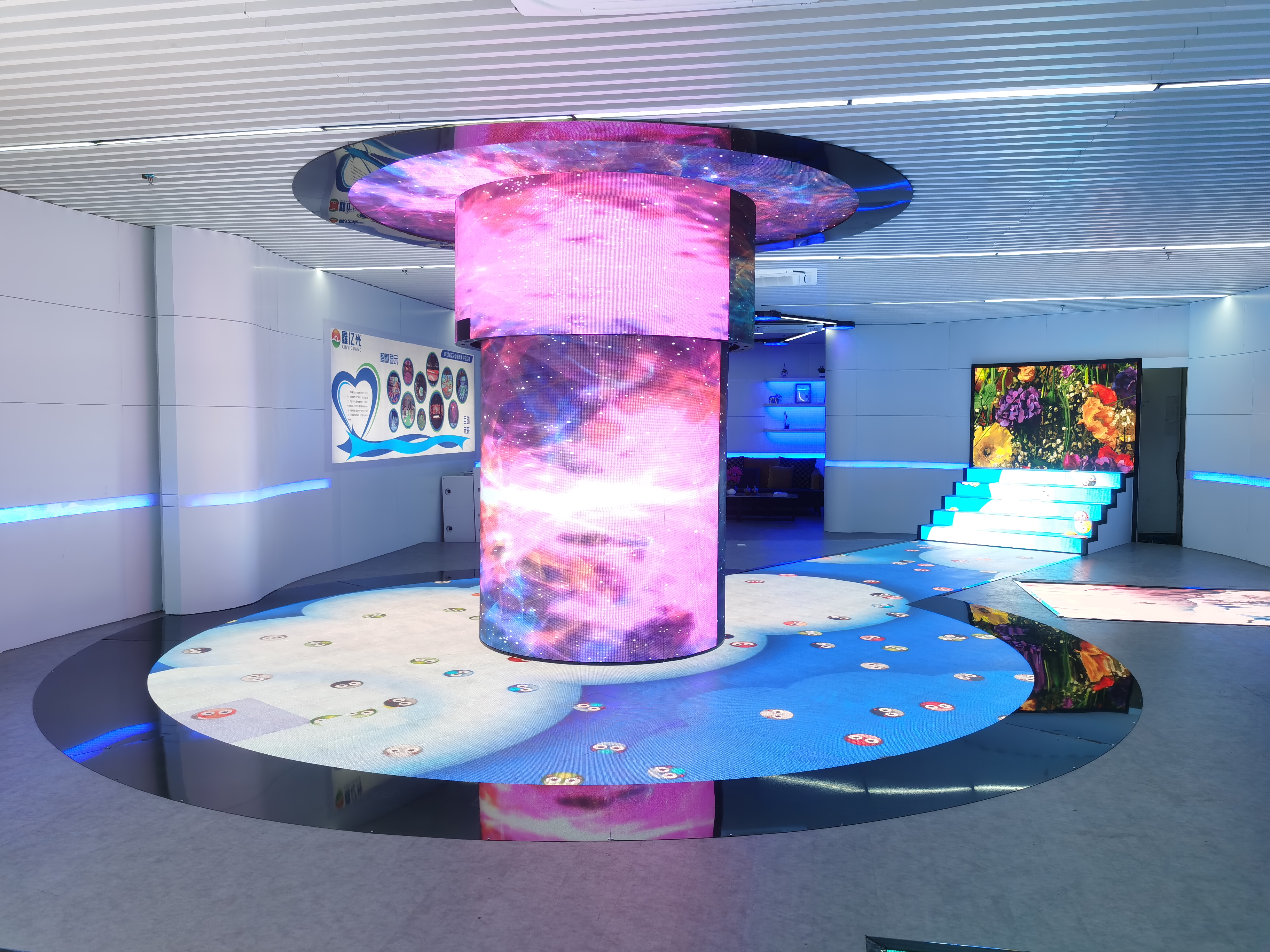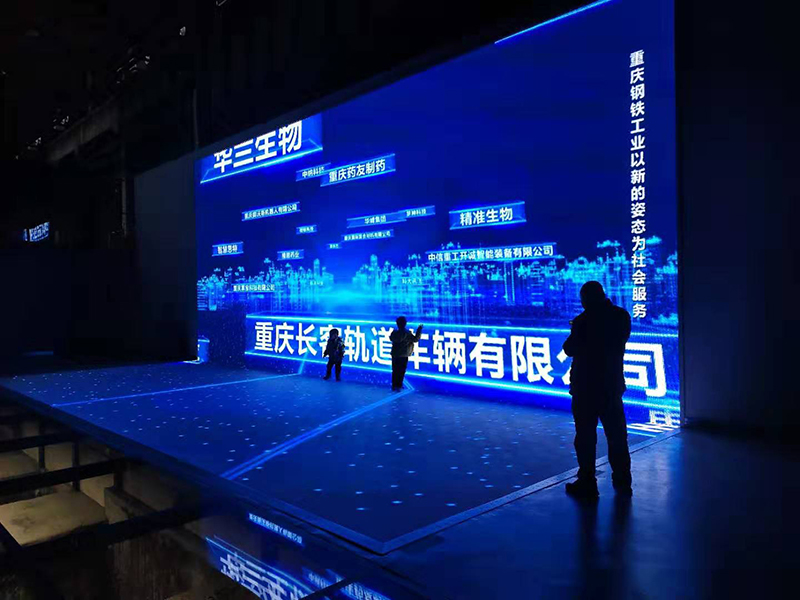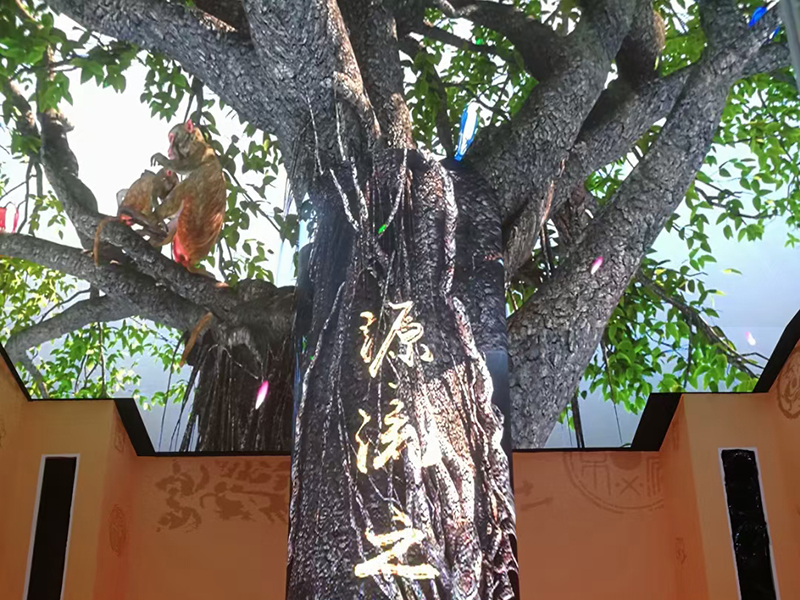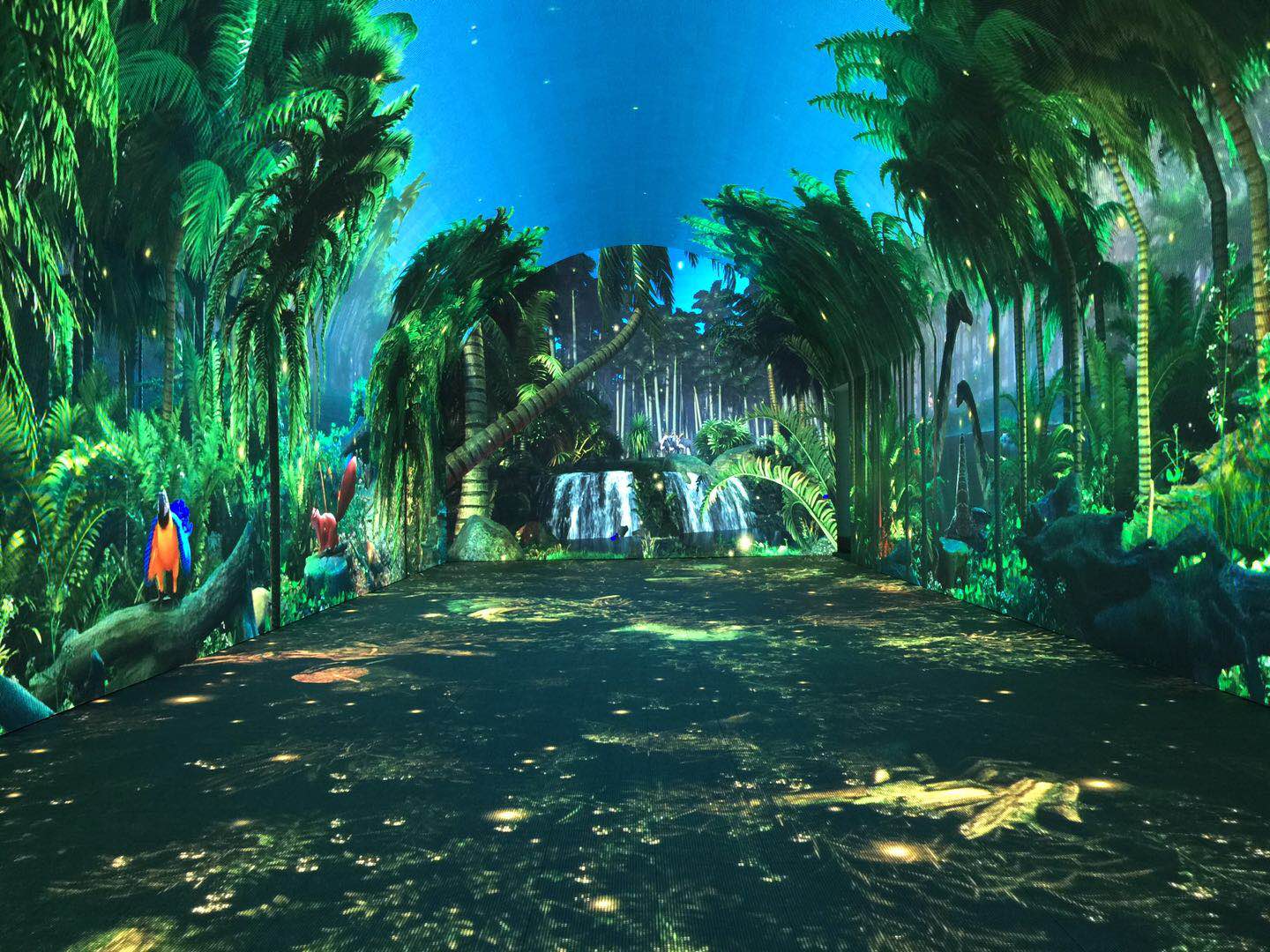With the continuous development of modern information technology, new information technology has gradually replaced traditional methods and played an important role in various industries. Exhibition design is no exception, photography technology, modern audio-visual technology, computer virtual technology and so on have been widely used. At the same time, with the development and application of new technologies, people’s thinking methods have also undergone corresponding changes, and the modern exhibition hall design has also become an important display method that reflects its own unique advantages and functions. In the display process, by applying information technology to the exhibition hall design work, it can give people a more intuitive and profound feeling, so that the exhibition hall design can realize interactive functions and improve the display effect.
Functional Advantages of Exhibition Hall Design
Different from graphic design and architectural design, the exhibition hall design uses space as the display object, makes full use of diversified subject knowledge, makes full use of rich design elements, combines relevant theories of architecture, and uses information interactive software to create virtual images and situations, which will need to be displayed. The object and content of the system are transmitted to different objects by means of information exchange and communication. Therefore, the ultimate purpose of the exhibition hall design is to transmit the information of the exhibits to the followers by means of display and communication, and receive the feedback information from the followers, so as to achieve the purpose of displaying the design products. Its functional advantages include the following two aspects: first, the exhibition hall design is the entire information dissemination process implemented by planning exhibit information, using corresponding display communication methods, and obtaining feedback from followers; second, the exhibition hall design is to attract audiences. Participate in the interaction with product information, use its display function to obtain feedback from followers, and conduct two-way interaction for product improvement and optimization.
Function Analysis of Multimedia Technology in Exhibition Space
1. Multimedia technology can be used as a carrier of information publicity
In the design space of the exhibition hall, multimedia technology can be used to transmit the exhibits or facilities as information to the followers, so as to give full play to the public information dissemination and function of the exhibition space. Because multimedia technology can organically integrate sound, light, electricity and many other elements, it can obtain more visual appeal than static exhibits and leave a deeper impression on the followers. For example, setting up an LED screen at the space entrance of the exhibition hall to display the contents of the exhibition hall, precautions for visiting, etc., can not only be changed at any time, improve the design flexibility of the exhibition hall, but also can obtain better effects than static exhibition halls.
2. Partial replacement of labor costs
In modern exhibition halls, multimedia technology and equipment are often used to display information such as the source, history and characteristics of exhibits in LEDs, or use of touch-sensitive interactive books, portable playback headphones, etc., can bring great benefits to the learning of visitors. It is a great convenience to replace the explanation task of the staff of the exhibition hall, thereby effectively saving the operating cost of the exhibition hall.
3. Build a unique sensory experience
Whether it is indoors or in the indoor exhibition hall space, multimedia technology not only has corresponding practicality, but also can create a unique sensory experience, allowing visitors to fully feel the artistic charm of the exhibits. For example, on the giant screen set in Times Square in New York, visitors can directly transmit their own photos to the management host of the screen using the network, and then the uploaded photos will be gradually displayed on the screen for a total of 15s. This enables photo uploaders to interact with everyone watching. This creative application of multimedia technology connects people, multimedia and cities to form a good interaction.
The Specific Application Form of Multimedia Technology in the Exhibition Space
In the process of modern exhibition hall design, the application of multimedia technology has been extremely extensive, and has achieved relatively good results. Multimedia technology integrates different technologies into its carrier, so as to display different types of images, animations, texts and audios, forming a unique sensory experience.
1.Build cool virtual situations
Using modern multimedia technologies such as computer technology, electronic technology and network technology to build virtual scenes, this technology has been widely used in exhibition hall space design. This kind of virtual scene has the characteristics of vividness, image and freedom and change, which can stimulate the eyes, hearing, touch, smell, etc. of the audience, so as to create an immersive feeling for the audience and arouse their interest in viewing the exhibition. In the actual application process, the commonly used scene construction technology is mainly the phantom imaging technology. By applying the basic principles of sensory illusion, the real exhibits and scenes obtained by Musk’s camera technology used in the film are integrated into it, and then according to the design. The script is combined with sound, light, electricity and other sound effects to form a simulated scene and enhance the attraction of the exhibits to the visitors.
2.Application of interactive technology to improve the ability of information interaction
Interaction technology is usually realized by using sensors, and at the same time, it is assisted by corresponding sensing technology to realize human-computer interaction. When the object to be displayed is subjected to the corresponding external force, for example, when the visitor touches, the set sensors, LED lighting, digital projection equipment, etc. will be automatically activated, and the continuous effect of light and shadow will be constructed, which can realize human-computer interaction. For example, in the design process of outdoor exhibition hall space, the ground is paved with modern materials that can be sensed. When people walk on the pavement with this material, the ground material under pressure will continue to glow, and after continuous walking , will leave a natural glowing footprint behind you. The track information of the footprints will be directly uploaded to the host for recording, which can be downloaded and viewed online by the visitors, and finally achieve a good interaction between the visitors and the exhibits.
3. Build a perfect network virtual display space
The so-called network virtual display is to use the network as the basic platform, the displayed content as the basic prop, and the user as the basic center, creating a virtual space for users to have a good life experience. Different from the traditional web form, it is no longer just a simple static display of pictures, text, video and audio, but by creating “games” that are consistent with people’s physiology and psychology, to bring visitors a better experience. psychological feelings. Because different visitors have different psychological feelings, educational backgrounds, life scenes, etc., the psychological feelings they get in the online virtual space are not exactly the same. At the same time, all visitors are relatively independent individuals, and different people have their own experience of visiting, so as to obtain different perceptions and impressions of different exhibits. This interactive effect cannot be achieved by ordinary exhibition spaces. . But at the same time, the online virtual exhibition space also puts forward higher requirements for the designers of the exhibition hall. The designers of the exhibition hall should fully consider the physical and psychological needs of the visitors during the design process, so as to make the visitors’ emotional Claims are guaranteed. This can attract more attention of visitors to the exhibitors.
Post time: Feb-17-2023







